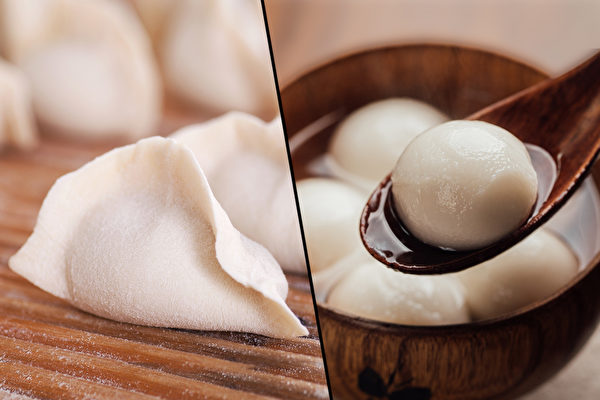
The Winter Solstice, one of the 24 solar terms in the Chinese calendar, marks the shortest day and the longest night of the year. In 2024, the Winter Solstice falls on December 21st. This day has profound impacts on climate, culture, and daily life. As an electronic components distributor, we not only keep a close eye on market trends and the demand for technological products, but we also care about the cultural significance of each solar term. So, what exactly does Winter Solstice mean, and why is it so important?
Astronomical Significance of the Winter Solstice
The Winter Solstice occurs when the sun reaches its southernmost point, directly overhead the Tropic of Capricorn. At this moment, sunlight shines directly on the Southern Hemisphere, while the Northern Hemisphere receives sunlight at the shallowest angle, resulting in the shortest day and the longest night. This marks the official arrival of winter and is a natural phenomenon caused by the tilt of the Earth's rotational axis.
Specifically, on Winter Solstice day, the sun is at a low angle on the horizon. The sunlight in the Northern Hemisphere is more oblique, causing the day to be shorter and the temperature to gradually drop. Many places enter the cold of winter during this time.
Climate Characteristics of the Winter Solstice
After the Winter Solstice, temperatures in the Northern Hemisphere continue to fall. Although the daylight gradually increases after the solstice from an astronomical standpoint, temperatures typically reach their lowest point around this time. This is because the atmosphere and Earth's surface continue to lose heat, and temperatures don't rise immediately.
In China, the Winter Solstice is often accompanied by cold northern winds. In the northern regions, temperatures can plummet, while the southern regions, although warmer, often experience rainy weather. Thus, the Winter Solstice marks the true beginning of the cold winter season.
Folk Customs of the Winter Solstice
The Winter Solstice is not only an important astronomical event but also deeply ingrained in Chinese culture. Historically, it has been regarded as the "start of winter," signaling the period of rest from farming activities. People engage in various folk customs on this day, praying for a bountiful harvest and the health of their families in the coming year.

· Eating Dumplings: The tradition of eating dumplings on the Winter Solstice is especially popular in northern China. According to tradition, eating dumplings helps to ward off the cold and keep warm, symbolizing relief from "frozen ears." In some southern regions, people eat rice dumplings (tang yuan) or Winter Solstice dumplings.
· Ancestor Worship: The Winter Solstice is also an important occasion for ancestor worship. Many families perform rituals to honor their ancestors, praying for health and happiness for their loved ones. These rituals are not only a way to show respect to ancestors but also carry wishes for family reunion and good fortune in the coming year.
· "Winter Supplements": In traditional Chinese health practices, the Winter Solstice is seen as a time for "winter supplementation." People consume foods with nourishing properties, such as lamb, beef, and stews, to boost energy and help resist the cold.
Cultural Significance of the Winter Solstice
The Winter Solstice is not just a climatic and astronomical event; it is also an important solar term in the ancient agricultural society. Traditionally, the Winter Solstice marks the official arrival of winter, and people celebrate it with a series of rituals and festivities to face the challenges of the cold season. Since the Han Dynasty, the Winter Solstice has been designated as an important festival. Over time, it has become a day for family reunions, with many people sharing a reunion meal with their loved ones to strengthen bonds.
The Winter Solstice is the beginning of the cold season but also a symbol of hope and warmth. It marks the return of light after the longest night, and it embodies the cultural spirit of resilience, family unity, and renewal. As we celebrate the Winter Solstice, let us reflect on the past year and look forward to a brighter and more prosperous future.
Happy Winter Solstice, and may your endeavors continue to thrive in the coming year!




